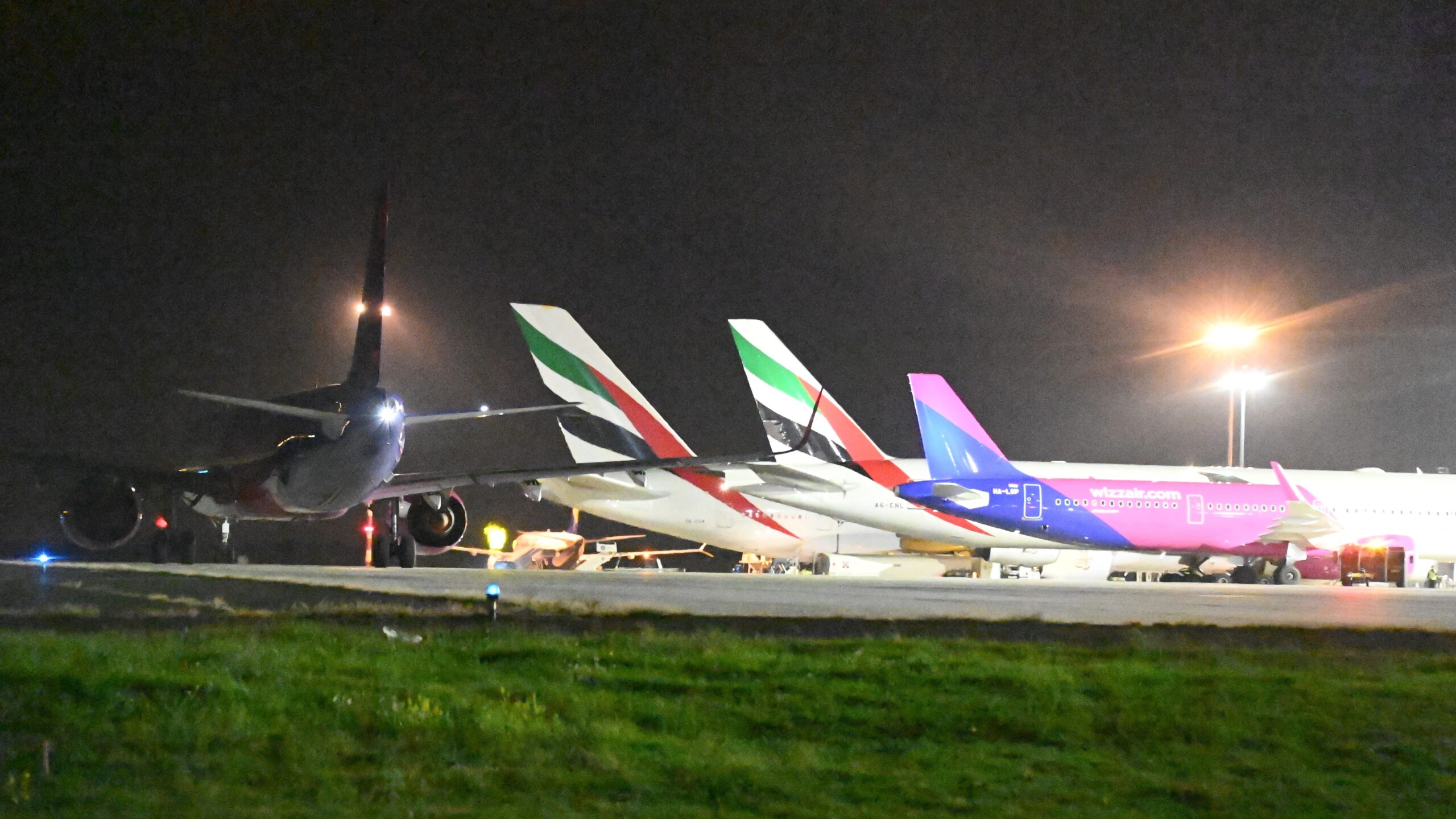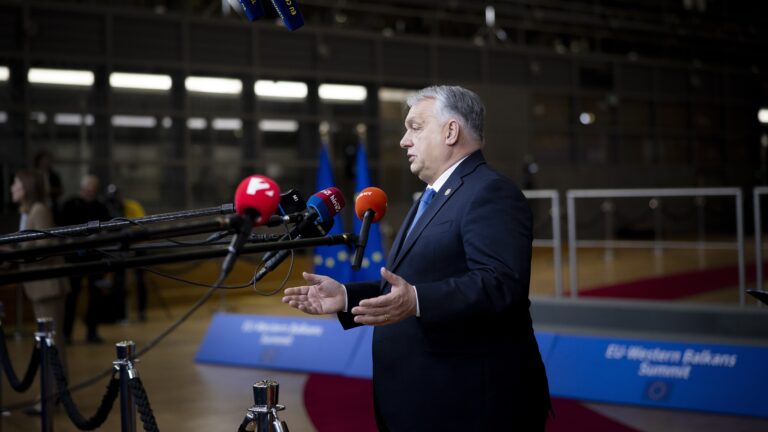Air traffic over Hungary has reached record levels, with Budapest Airport experiencing a 14 per cent increase in traffic and overflight operations up by 6 per cent year-on-year, according to Ferenc Túri, CEO of HungaroControl, the country’s air navigation service provider.
Speaking on Hungary’s M1 news channel, Túri emphasized that the country’s popularity as a tourist destination is a key driver of the growth.
On Monday alone, 46,000 aircraft were in European airspace—4,000 of them flew over Hungary, while Budapest Airport handled around 430 daily flights. On a yearly scale, over 1 million aircraft pass through Hungarian airspace, about 15 per cent of which land at or take off from Budapest Airport. In addition, HungaroControl manages 25,000–30,000 small aircraft operations annually.
To meet the surging demand, HungaroControl has taken significant steps to expand its capabilities. The company implemented a short-term action plan that has already increased the number of air traffic controllers by 10 per cent.
A permanent meteorological service has also been introduced, ensuring real-time coordination between weather experts and traffic controllers. This helps prevent unnecessary airspace restrictions and improves overall efficiency.
Túri highlighted another key development: the recent launch of HungaroControl’s remote digital tower system. This technology enables the remote management of air traffic at Budapest’s Liszt Ferenc International Airport, representing a major step forward in digital aviation infrastructure.
The CEO also addressed the impact of the war in Ukraine, noting that the closure of Ukrainian airspace has led to a significant rerouting of flights over Hungary, further contributing to the country’s record-setting traffic levels.
With strategic upgrades and forward-looking planning, Hungary is positioning itself as a critical hub in regional and continental air travel—while keeping its skies both busy and safe.
Related articles:







